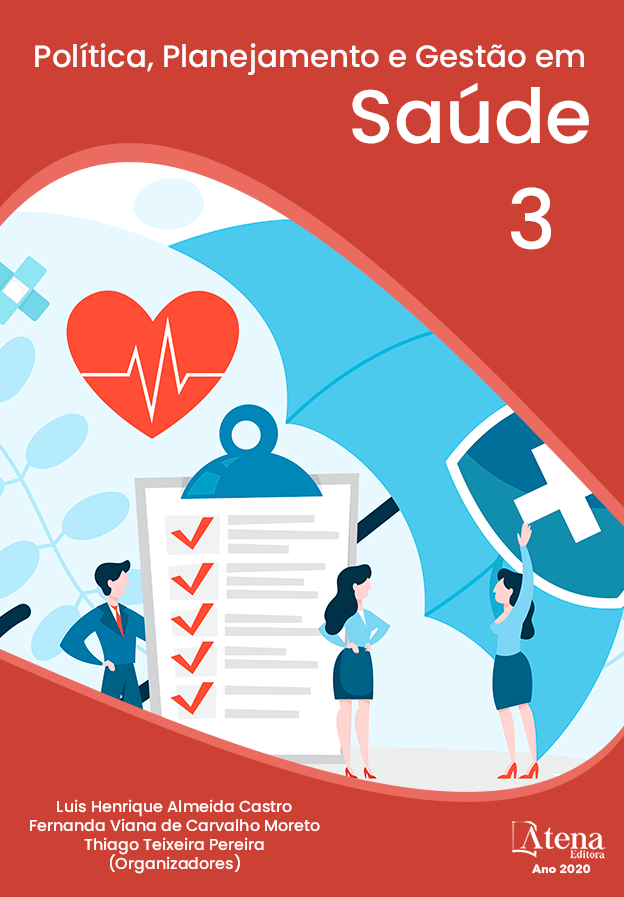
O ENVELHECIMENTO ATIVO E SUA INFLUÊNCIA SOBRE A DOR NOS ACADÊMICOS DA UNIVERSIDADE DA MELHOR IDADE.
O início da terceira idade se dá a partir dos 60 anos, onde as ações de prevenção e promoção de saúde sejam dos níveis primário, secundário ou terciário não se encerram, permanecem assim como em todas as demais idades e faixa etárias, e sim elas se entensificam. As pessoas de maior idade são constituíntes de um grupo heterogêneo, ou seja, somente a idade não pode ser o fator principal para definir as necessidades de cada um, e sim como um conjuto de fatores,sendo estes as diferenças fisiológicas, cronológicas, psicológicas, sociais e espirituais. A cronicidade e a complexidade também estão presentes no processo doenvelhecer e uma de suas especificidades podemos citar a dor, um sintoma subjetivo, que não pode ser vizualizado por terceiros, mas que esta presente em todas as fases da vida, principalmente na velhice,e só pode ser relatado por quem sente, tornando-se então um enigma desafiador atodos profissionais de saúde. A dor é constituínte do grupo dos sinais vitais, como o quinto sinal vital, e na idade maior necessita ser estudada de forma diferenciada e sensível, devido a suavulnerabilidade emocional, social e psicológica vivenciada neste grupo.A população idosa brasileira está constantemente crescendo, dessa forma, necessita ser estudada continuamemte, principalmente por sua heterogenicidade. Um dos objetivos do envelhecimento ativo consiste na manutenção da capacidade funcional e autonomia deste idoso, promovendo a este indivíduo uma melhoria na qualidade de vida. E a Universidade da Melhor Idade (UMI) da Universidade Católica Dom Bosco, proporciona aos seus acadêmicos atividades que contríbuam positivamente no processo de envelhecimento ativo.
O ENVELHECIMENTO ATIVO E SUA INFLUÊNCIA SOBRE A DOR NOS ACADÊMICOS DA UNIVERSIDADE DA MELHOR IDADE.
-
DOI: 10.22533/at.ed.24820280818
-
Palavras-chave: Envelhecimento, dor, idoso.
-
Keywords: Aging, pain, elderly.
-
Abstract:
The beginning of the third age occurs from the age of 60, where the actions of prevention and health promotion, whether at the primary, secondary or tertiary levels do not end, they remain the same as in all other ages and age groups, but they do. intensify. Older people are part of a heterogeneous group, that is, age alone cannot be the main factor to define the needs of each one, but as a set of factors, these being the physiological, chronological, psychological differences, social and spiritual. Chronicity and complexity are also present in the aging process and one of its specificities is pain, a subjective symptom that cannot be viewed by others, but which is present in all stages of life, especially in old age, and it can only be reported by those who feel it, making it a challenging puzzle for all health professionals. Pain is part of the group of vital signs, as the fifth vital sign, and in older age needs to be studied in a different and sensitive way, due to its emotional, social and psychological vulnerability experienced in this group. The elderly Brazilian population is constantly growing, so it needs to be studied continuously, mainly because of its heterogeneity. One of the objectives of active aging is to maintain the functional capacity and autonomy of this elderly person, promoting an improvement in the quality of life for this individual. And the University of the Best Age (UMI) at the Catholic University Don Bosco, provides its students with activities that positively contribute to the active aging process. -
Número de páginas: 19
- Patrícia Lira Bizerra
- Alana Furtado Hefler


